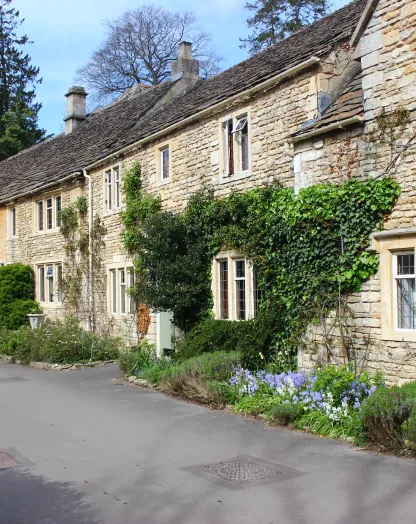Fine Art Society celebrates 140 years with new exhibition
The Fine Art Society is to celebrate 140 years of British art with a major new exhibition that aims to capture the establishment’s tastes and exhibition history both past and present.
Taking place over all five floors of the gallery, the event is part of a carefully planned programme of exhibitions that will take place throughout 2016, featuring as many as 50 artists, including Edward Burne-Jones, Gluck, David Hockney, Augustus John, Paul Nash, Eric Ravilious and James McNeill Whistler.
The exhibition follows on from 2014’s ‘What Marcel Duchamp Taught Me’ event, which was the first to take over the whole premises.
That exhibition featured works from 50 contemporary artists from around the world and was arguably one of the most successful in the gallery’s history.
Other exhibitions planned for 2016 include pop artist Gerald Laing, who will see his work showcased from September 19th to October 13th, and contemporary light artist Chris Levine, from November 8th to December 1st.
The Fine Art Society currently enjoys a unique position as one of London’s oldest art dealerships to remain at its original location. The Grade II listed, five storey townhouse is something of an iconic premises in many historical cultural circles.
Founded in 1876, The Fine Art Society has always shown a dedication to championing living artists, while also holding historic exhibitions that have now become some of the most respected in the country.
Walter Sickert once described it as “The Best Shop in London”, a sentiment that was noticeably shared by many members of the local art scene. Attending the most popular shows here was something a serious business, with crowds often queuing around the block, bringing traffic on Bond Street to a standstill.
Sickert himself was a huge beneficiary of the society, which offered support to him and a number of other avant-garde artists, including James McNeill Whistler, playing a vital role in promoting their art to a larger audience.
The dawning of the 20th century saw the gallery show its commitment to modernity by promoting the New Sculpture movement, which was seen as a being a hugely radical art form at the time.
As were avant-garde female artists such as Gluck and Ithell Colquhoun, which also received plenty of backing.
The second half of the 20th century saw The Fine Art Society play a leading role in reviving interest in New English Art Club, the Glasgow Boys, the Birmingham Group, the Aesthetic Movement, the Arts and Crafts Movement, inter-war sculpture and post war design.



